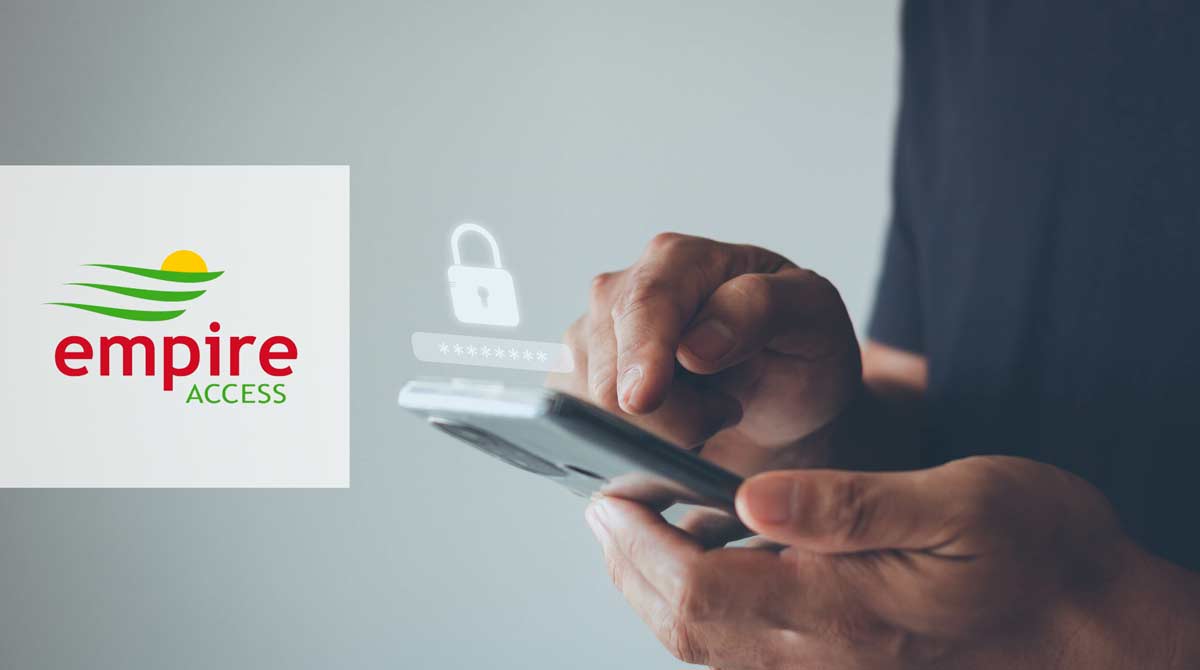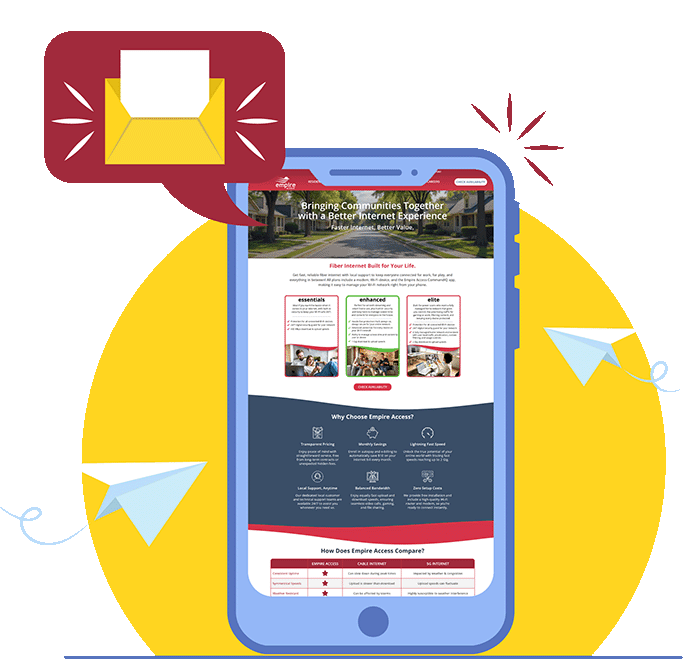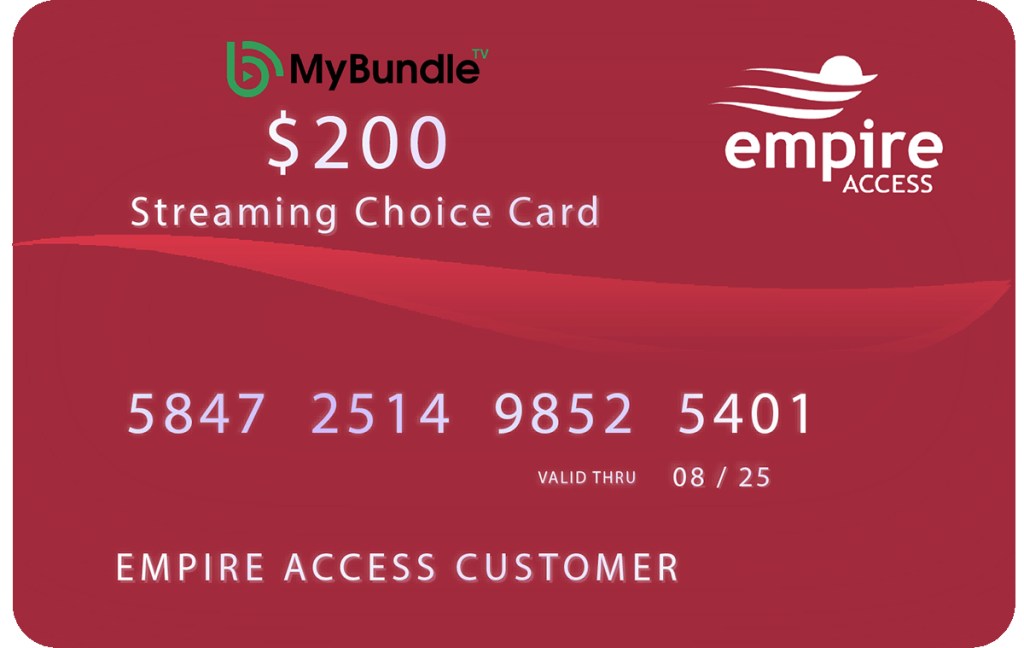In today’s digitally driven world, the internet has become a part of our daily lives. From streaming entertainment to remote work, the quality and speed of our connection can significantly impact our online experience. With various options available, such as dial-up, cable, and fiber optic internet, it’s essential to understand the differences between them to make an informed choice.
Dial-up Internet: The Slow Lane
Remember the days of the screeching modem connecting you to the internet? That’s dial-up. Dial-up internet operates over standard telephone lines, using a modem to dial a specific phone number to connect to the internet service provider (ISP). While it was once the primary method of internet access, it has largely been surpassed by faster technologies.
Advantages:
- Availability: Dial-up is widely available, especially in rural areas where other options may not be accessible.
- Low Cost: Dial-up tends to be one of the most affordable options, making it attractive to budget-conscious consumers.
Disadvantages:
- Slow Speeds: Dial-up offers sluggish speeds compared to cable and fiber optic connections, often maxing out at 56 kilobits per second (Kbps).
- Tied Up Phone Line: Since dial-up utilizes phone lines, using the internet ties up your phone line, making it impossible to make or receive calls while online.
- Limited Functionality: Dial-up struggles with bandwidth-intensive tasks like streaming high-definition videos or online gaming due to its slow speeds.
Cable Internet: Cruising in the Middle Lane
Cable internet leverages the same coaxial cables that deliver cable television to your home. It offers faster speeds than dial-up and is widely available in urban and suburban areas.
Advantages:
- Faster Speeds: Cable typically delivers faster speeds than dial-up, making it suitable for streaming, gaming, and other bandwidth-heavy activities.
- Always On: Unlike dial-up, cable provides an always-on connection, so you don’t need to wait for a modem to dial in each time you want to go online.
- Wide Availability: Cable is accessible in many areas, particularly urban and suburban regions where the necessary infrastructure is in place.
Disadvantages:
- Shared Bandwidth: Cable operates on a shared network, meaning your speeds may slow down during peak usage times when many users are online simultaneously.
- Potential for Outages: Cable can be susceptible to outages caused by weather, maintenance issues, or network congestion.
- Limited Upload Speeds: While download speeds are typically fast, upload speeds with cable tend to be slower, which can affect activities like video conferencing or uploading large files.
Fiber Optic Internet: Racing in the Fast Lane
Fiber optic internet represents the gold standard in internet connectivity. Instead of copper wires or coaxial cables, fiber optic cables transmit data using pulses of light, offering unparalleled speed and reliability.
Advantages:
- Blazing Fast Speeds: Fiber optic internet delivers lightning-fast speeds, often reaching gigabit-per-second (Gbps) rates for both downloads and uploads.
- Low Latency: Fiber optic connections offer extremely low latency, making them ideal for online gaming, video conferencing, and other real-time applications.
- High Reliability: Fiber optic cables are less susceptible to interference from electromagnetic radiation and weather conditions, resulting in a more stable connection.
- Symmetrical Speeds: Unlike cable, fiber optic internet typically provides symmetrical speeds for uploads and downloads, ensuring consistent performance for all online activities.
Disadvantages:
- Limited Availability: Fiber optic internet infrastructure is still being deployed in many areas, so it may not be available everywhere, particularly in rural regions.
- Installation Challenges: Installing fiber optic cables may require digging up roads or yards, which can be disruptive and time-consuming.
Choosing the Right Lane for You
When it comes to selecting an internet connection, there’s no one-size-fits-all solution. Your choice will depend on factors such as your location, budget, and usage habits. While dial-up may suffice for basic browsing in remote areas, most users will find cable or fiber optic internet better suited to meet their needs.
Cable offers a good balance of speed and affordability for many households, while fiber optic internet provides the fastest and most reliable connection available, albeit at a higher cost. As technology continues to advance and infrastructure improves, the digital divide between different types of internet connections will hopefully narrow, ensuring that everyone can enjoy fast and reliable access regardless of where they live.












